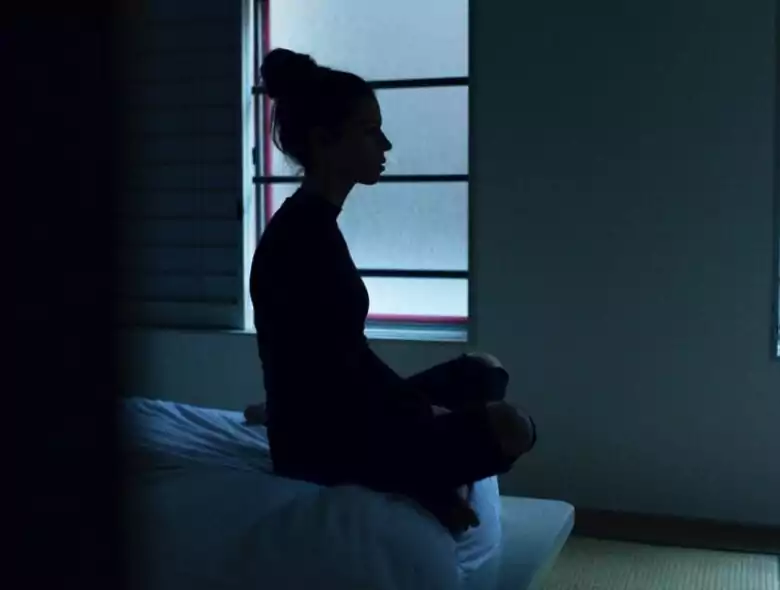
If you’re reading this article, then it is likely you are moving to Japan. Perhaps you are wrestling with the idea of furnishing a Japanese apartment and are wondering whether to go for the traditional Japanese futon bed or the Western-style.
If this is the case – congratulations! The hard work is done, choosing a bed should be the least of your worries. We hope to make your decision as easy as possible. Who knows – perhaps we will decide for you!
What is a futon?
You might not be new to the word ‘futon,’ for, although it is a traditional piece of Japanese furniture, the West has its own version. If you’ve ever been to the furniture giant IKEA you are sure to come across many futons or a ‘futon mattress’. The Western-style of futon is usually smaller than the average Western double bed with a much thinner mattress. These beds are usually sold alongside sofa beds. In many ways, the Western futon is simply a smaller, thinner, and cheaper variation of the standard Western mattress.

The Japanese futon – what is it?
However, the Japanese futon is an entirely different thing. A Japanese futon is a traditional piece of Japanese furniture dating back centuries. If you were to find a picture of beds in Japan, it is more than likely that you would be looking at a ‘futon mattress! The biggest difference between the Japanese and Western styles of a futon is that the Japanese futon doesn’t include a bed frame.
You read that right. With a Japanese futon, you’ll be sleeping on the floor!
Not really – there are many layers to a ‘futon mattress which means you won’t ever be sleeping on the floor in a literal sense. However, without the height of the western bed frame, it can certainly feel like you are on the floor!
The Japanese futon consists of five parts. The first is the Shikibuton. This is the futon mattress which can come in a variety of thicknesses (though, none are anywhere near as thick as the Western-style!) The second part is a Shiitsu,a flat sheet placed upon the futon mattress. Then there is the Kakebuton (a kind of comforter to add extra padding) and finally a fitted sheet to secure the bed. The duvet, blanket – or Mofu as they are called in Japan – is laid on top of the sleeper.
What are the benefits of futons?
Now, Japanese apartments are known for one thing over all else: size. Compared to apartments in many other countries, Japanese apartments are much smaller. This is something that you must consider when furnishing a Japanese apartment.
Be smart about furnishing a Japanese apartment. Sometimes trying to squeeze in Western furniture just isn’t worth the hassle. A Western double bed and bedframe might take up half of your apartment space! Beds in Japan don’t have a frame for a reason.
One of the key benefits of futons is the ease of putting them away. A futon mattress is nearly always foldable. This means that the entire bed can be put away for the day, hidden out of view inside a cupboard (and there are many large cupboards in Japanese apartments for this very use!) The futon can then be taken out and set up quickly in time to go to sleep.
What does this mean? Well, there is no need for the western idea of a ‘bedroom’. No longer do you need to devote an entire room of your apartment to your bed. With a Japanese futon, for many Western people, it will feel like you have an extra room to use! Imagine how difficult it would be to assemble a Western bed and bedframe every day – and where would you put the mattress? This is only one of the benefits of futons.
A second benefit is that the futon is easily washed and cleaned. It is near impossible to thoroughly clean Western mattresses – they are simply too heavy and clunky to maneuver.
Most beds in Japan are futons – and for a good reason!
The Japanese futon is easily moved and easy to clean. Most parts are machine-washable, and the futon mattress is light enough to be hung out of a window to air.
It is also easy to dispose of a futon once you are done with it. Western mattresses are a nightmare to move and you might need to hire a private company to remove it. This can be timely and expensive. Futons, however, can be separated into small and easily disposable pieces, making moving out of an apartment that much easier.

Japanese futon or Western bed?
It might sound obvious, but the best way of furnishing a Japanese apartment is with Japanese furniture – it is designed specifically for the space you wish to furnish.
So, how about it? Try a Japanese Futon. They are cheaper than the Western style, with so many other benefits! If you don’t like it, then you can always go back to the Western style, but most beds in Japan are futons – and for a good reason!



